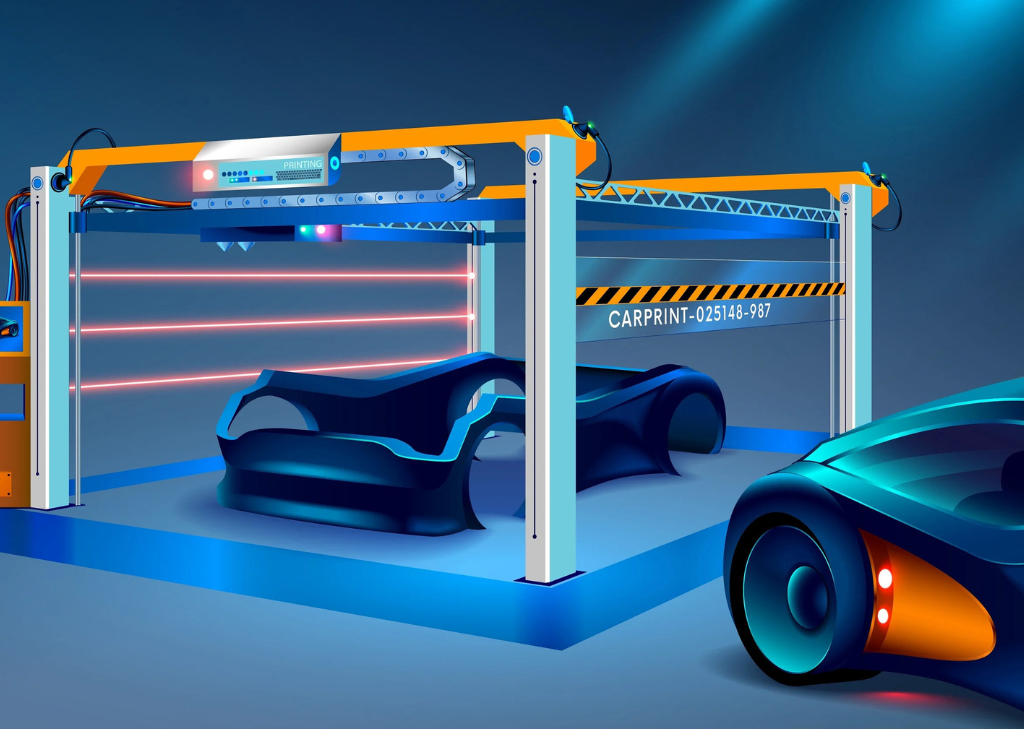Additive manufacturing is the process of creating an object by building it one layer at a time. It is the opposite of subtractive manufacturing, in which an object is created by cutting away at a solid block of material until the final product is complete.
It is the umbrella term for a range of technologies used to produce components by adding them layer by layer. This process, also referred to as 3D printing, is appealing to businesses and manufacturers due to its various advantages.
Here are the advantages of additive manufacturing
- Cost Of Entry Continues to Fall
The cost of entry for many professions and industries is continuing to fall as more individuals are able to purchase consumer-grade equipment and technology to gain access. - Save on Material Waste and Energy
When it comes to saving on material waste and energy in the professional workplace, one of the most important things to consider is implementing effective energy-saving measures. This could include installing motion sensors for lighting, turning off equipment when not in use, or establishing an office recycling program. Additionally, focusing on reducing the overall amount of materials coming into the office can help save money and minimize waste. It starts with laying down a base layer of material, then adding subsequent layers until the part is complete. You may need to file off burrs or supports that hold up the part during printing, but the overall waste is minimal, especially compared to traditional manufacturing methods. Consolidating parts for manufacturing can also create large savings on energy and material costs. - Save on Prototyping
Prototyping is used extensively in the development of new products, but it can come with a high cost. Save on Prototyping solutions allow companies to optimize their budget and reduce their prototyping expenses by leveraging innovative technologies. 3D printing, laser cutting, vacuum forming, CNC machining and even injection molding are just some of the processes available to create components quickly and accurately while minimizing time-consuming manual labor. - Faster and Less Expensive Small Production Runs
Small production runs have become increasingly more popular with businesses that require fast, yet economical, production of items. By utilizing smaller machines and advanced fabrication techniques while taking advantage of economies of scale, companies are able to produce a volume of goods more quickly and at a lower cost. In addition, the use of new cutting-edge materials and processes such as 3D printing allow for even faster turnaround times on small scale productions. As businesses seek to be competitive in ever-evolving markets, an understanding and implementation of the benefits afforded by these techniques prove instrumental in providing services or products quickly at lesser costs than large production runs. - Less On-Hand Inventory
Less on-hand inventory is an increasingly popular practice that businesses have begun to adopt due to a variety of benefits it provides.Traditional manufacturing tends to stick you with a warehouse full of premade parts to draw from when you need replacements. If you have a recall or retire an old design, those unusable parts turn to scrap. By reducing the amount of inventory held in a warehouse or store location, businesses can save on storage and insurance costs, as well as minimize employee time spent managing stock. Additionally, less on-hand inventory allows companies to be more responsive to customer demand, resulting in improved customer service and satisfaction. As such, it is an effective way for businesses to stay competitive in today’s markets and increase their bottom line results. - Easier to Recreate and Optimize Legacy Parts
AM to the rescue! As long as you have the specs or files (remember that cloud PLM?), you can almost certainly recreate it in a 3D printer. Moving toward a virtual part inventory lets you phase out the old physical inventory without having to make awkward apologies to upset end-users.The repeatability and accuracy associated with additive manufacturing is yet another advantage. Modern 3D printing technologies and processes utilize control systems that allow the manufacturer to exactly replicate the same part every single time. This advantage can be crucial when it comes to small batch production and prototyping, as the parts and components created can be specifically tailored
and tailored to customer requirements. - Improve Part Reliability
The freedom of material choice presented by additive manufacturing is also a benefit. Different materials can be used in the process, and that range can vary from polymers, metals, to even sand and even wax.You can replace a part with something stronger. Recreate reliable parts as needed and save on future support calls and rework costs.New polymers, metals, and composites become available for AM all the time. - Consolidate an Assembly into a Single Part
The flexibility of the process can provide manufacturers and businesses with much cheaper options than traditional manufacturing.
Traditional, complex parts require more manufacturing steps, more material, and higher labor costs. The time to create and assemble them is longer, and it increases inventory. There’s a better way. With additive manufacturing, you can print the assembly as a single piece, saving money and time from start to finish. - Support AI-Driven Design Methods
Design engineers are increasingly using artificial intelligence-driven generative design to create products. Designers simply set the constraints for a part, such as dimensions, materials, and manufacturing method, and the technology then suggests a number of designs that meet those requirements. As a result, designers spend less time iterating on the perfect design, and more time engineering. - Support Lattice Structures
Additive wins the day, especially when used with AI-driven technologies. Paired together, they create reinforced parts and assemblies with minimal weight and material costs. That ultimately saves you money both in the creation of new parts and in support down the road.

